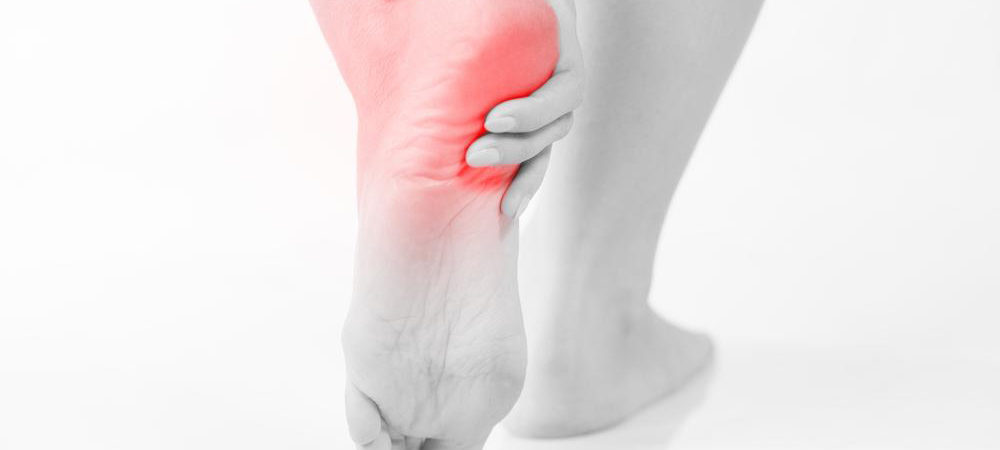How to treat heel pain?

Heel pain is actually one of the most common foot problems. The affected individual would feel severe pain under the heel, which is termed as plantar fasciitis. There is another possible case where the pain is caused just behind the heel, which is termed as Achilles tendinitis. That is the point where the Achilles tendon is connected to the bone in the heel. The pain can be severe at times and even cause disability, but it is not a health threat. In most of the cases, the pain is mild and goes away on its own. The cases in which they don’t are chronic.
How does heel pain start?
Heel pain starts affecting gradually with even no injury to the affected area. It might happen when you wear a flat shoe. It is a type of post-static dyskinesia, which means the pain starts after rest, making it the most difficult while waking up in the morning or after some resting in the day.
Heel pain is not quite serious. You should, however, call the doctor when there is severe pain accompanied by swelling, or it is accompanied by fever or a general numbness arises. Whatever the issue, heel pain lasting longer than a week calls for serious attention.
What are the treatment procedures involved?
To undergo treatment for heel pain, you could undertake some of the following measures:
- Non-steroidal anti-inflammatory drugs (NSAIDs) – These are drugs that are analgesic (help relieve pain) and antipyretic (help reduce fever). These drugs also have anti-inflammatory actions. In other words, they help in reducing swelling.
- Corticosteroids – These are recommended when NSAIDs have failed. The corticosteroid solution is applied over the affected area. An electric current may be used to help in absorption. The medication can also be injected, and ultrasound could be used to make sure that the injection has been given properly.
- Physical therapy – A specialized physical therapist would teach the victim relevant exercises to stretch the plantar fascia and Achilles tendons and to strengthen the lower leg muscles, thus resulting in better stability of the ankle and the heel.
- Night splints –A splint is an object which is fitted onto the calf and foot, which the patient wears while he is sleeping. The plantar fascia and Achilles tendon would be held in a lengthened position, thus stretching them.
- Orthotics –These are assistive devices and insoles, which can be used in correcting foot faults, thereby helping in the treatment of heel pain. They can as well be used for cushioning during the process of healing.
- Extracorporeal shock wave therapy – Sound waves are aimed at targeting the affected area to stimulate the healing process. This is a type of treatment that is only to be used for chronic long–term cases.
- Surgery – The plantar fascia would be detached through surgery from the heel bone. This is the final measure that is to be attempted when nothing else works because this runs a risk of the foot arch getting weakened subsequently.
- Health and Fitness
- Pain Remedies






